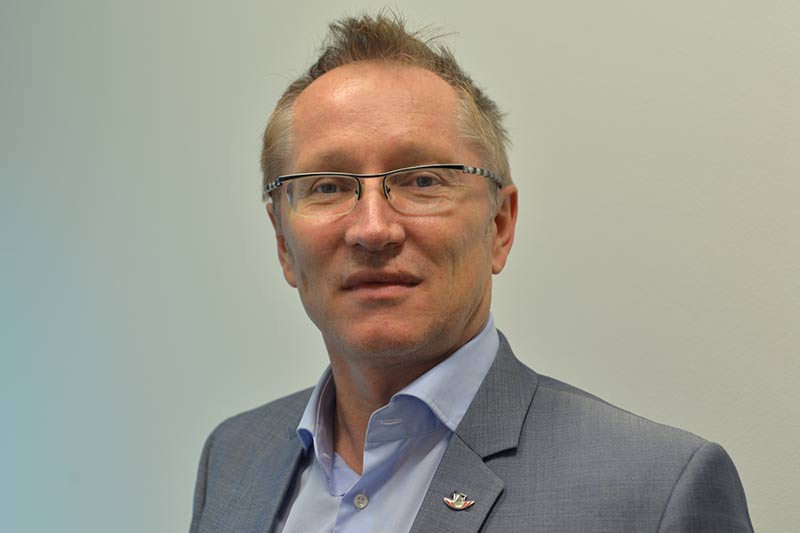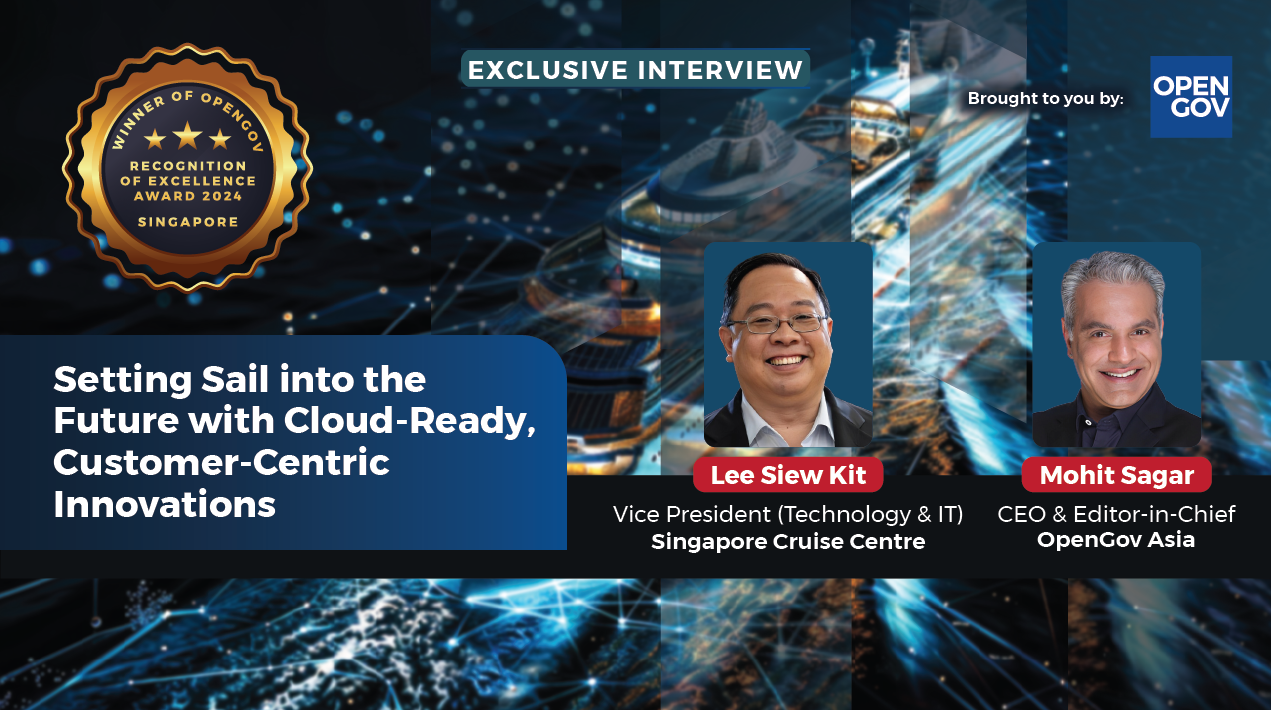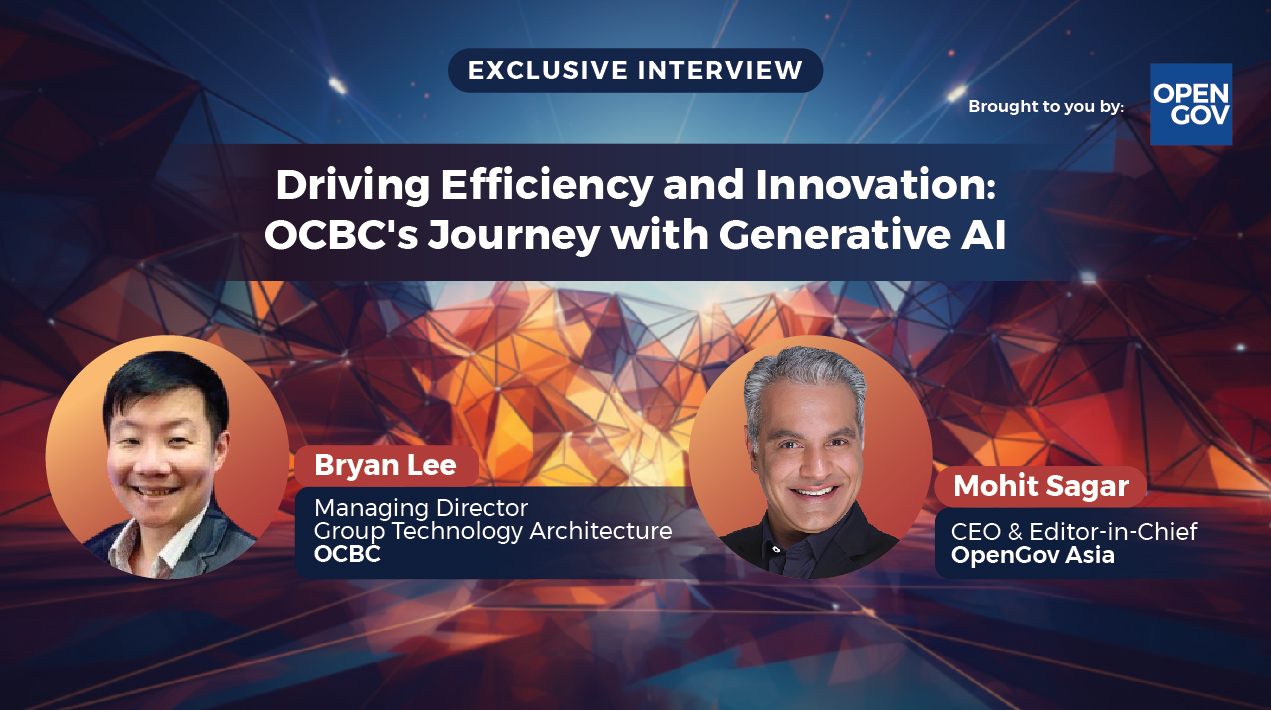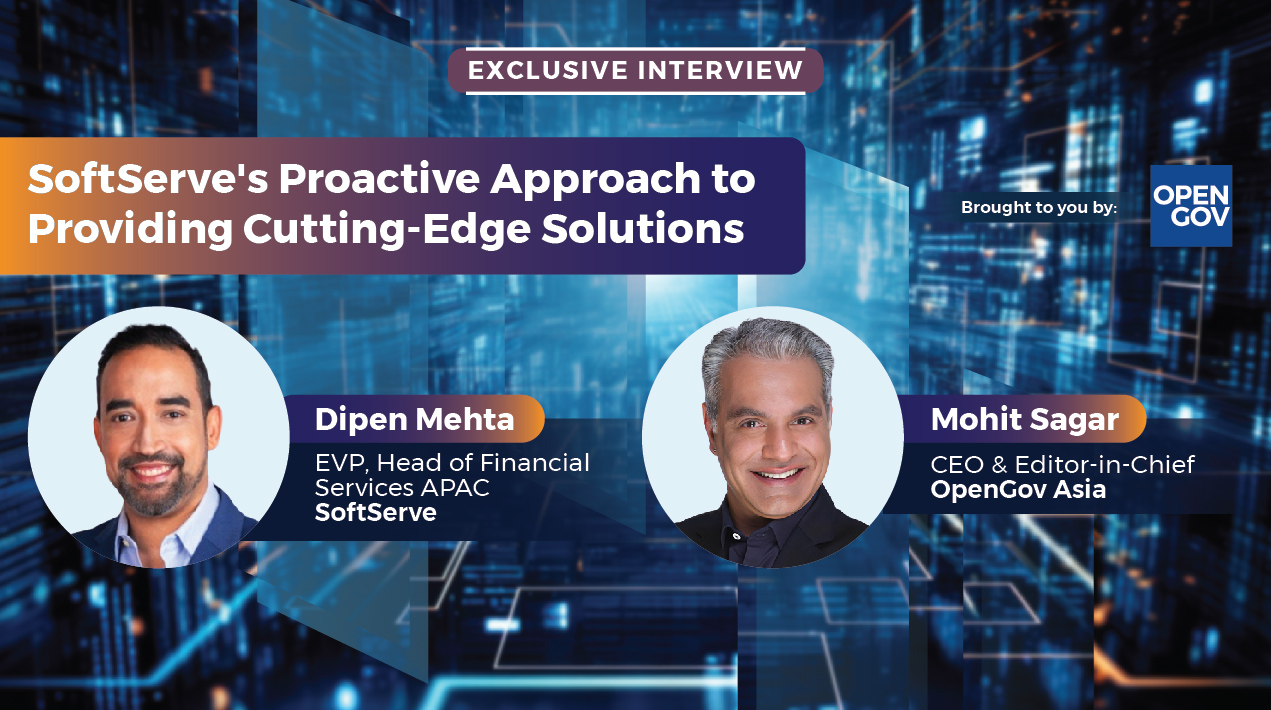
Tell me about your role and position?
My name is Peter Reichstädter, I am the CIO of the parliament of Austria. I have been developing ICT strategies for the Prime Minister’s office for the past 12 years. There is now a need for a strategic change of the Austrian parliament, as we are moving out of our premises. The premises will be rebuilt and refurbished, we will then move back in 2020. Moving into a new building, we want to have new processes, and new ways of collaboration to be established within the parliament.
How is collaboration being driven?
Our politicians have a broad understanding of technology and the value of collaboration with a good grasp of IT. As CIO I have a considerable level of input to the topic, bringing the stakeholders together and providing value and insights to the conversation. In this way I am able to gain a better appreciation of their needs, assisting them in their understanding and how our department can add value to the final outcome. Explaining possible solutions that will enable them to better collaborate in a safe and secure manner. It’s about listening, taking the ideas and working with the stakeholders, facilitating the necessary outcomes. We focus on outcomes and results driven by the working groups which build a better understanding of the stakeholder needs.
How do you provide the technology and security that meets the needs of your stakeholders?
We follow a proven methodology that has served us over the past years for developing secure applications and services. We carry out the business analysis with the support of external consultants. We engage by using to levels of controls, that of operational and strategic. This is done from a security point of view, ensuring the highest level of security is understood and is still addressing to need to achieve an outcome.
Collaboration and security at times creates conflict. How do you enable collaboration across multiple parties and at the same time be mindful of security?
What is paramount is data classification, without this nothing can be successful. Data and information classification is carried out across our entire organisation. From this knowledge, our understanding of the different data sets in play, we are able to define the necessary security needed to facilitate collaboration. Collaboration is always presenting us with challenges, but this is a constant and we are always looking to improve our model.
Do you utilise any cloud services? If so, how are you using it?
We are working with a lot of virtualisation internally, in turn providing cloud services to our department within our own environment. When you look at legislative, administrative and executive services with the parliament, they are generally not sharing the same infrastructure. We identify the interfaces needed to work in delivering services across all systems. We want to develop a far greater level of automation and reduce the requirement of administration. The use of virtualisation will only enhance our ability to bring much of these resources together. Our use of cloud initially will be internal, but as we scale up, and where possible we will consider the offerings in the market place.
In designing your systems and infrastructure, do you design for just one department or build with the whole of government in mind?
Our architecture is defined by our existing ICT strategy for Austria. This strategy is soon to be updated and released. It will consist of demands, like our approach to mobility and BYOD. We are working within the coherence of the existing frameworks but also driven towards our parliament needs.
One of the biggest challenges with virtualisation and the cloud are legacy systems. Do you have many legacy systems, and what is your aim to manage that transformation?
Yes, we have several legacy systems. We are working through a plan of modernisation, and moving to a new architecture for the future. Our goal is to modernise those legacy systems by 2020, then by 2025 to transform them into the new architecture. This will enable us to take advantage of the new cloud services that will enable us to our future state.
What methodologies do you use to delivery your services? Are you using the traditional waterfall approach or do you use agile?
Some of our projects still use a traditional waterfall method of delivery. But more and more we are moving to an agile approach. As users demands and experiences are much more a requirement these practices are included into the development of these services.
The role of CIO traditionally was to provide technology to solve business problems. How have you found the change which is now driven predominately by the users and customer and their expectations?
This has had a considerable impact to our approach in delivering systems and services. Users are more demanding, having an understanding of what is possible. Their interaction in their daily lives and the things they can do for themselves translate back into the work environment. If they can create an email account in five minutes, then why can they not do that within their own work environment. It is all about delivering services to the end users, enabling them to work without IT. This has historically been the issue with many organisations and the creation of shadow IT. We work with our stakeholders to more closely understand their needs, delivering to their outcomes, and not pushing IT solutions.
Over the last 18 months, user experience has dramatically increased. How has this impacted in the solutions you provide?
This has had a dramatic impact in the technology, hardware and software solutions that we provide. Within the parliament we are looking to move to ultra-book, hybrid notebooks and tablets. Our solutions are having to consider the end point that it will deliver to. We don't know what, so we need to design to be endpoint independent. The advent of touch screens, smart phones all present their challenges and different methods of integration. This has led to a high level of requests for mobile solutions, enabling work anywhere and anytime. Much of our new development is being done with HTML5, so that our solutions can be responsive in design and services which are user driven.
With the speed of change within technology, how has this impacted in the skills and knowledge of your staff and their ability to deliver?
This is a resource planning task; you have to take care of your capacity building of your staff. But you cannot achieve everything inside, taking care of the data and the data sets, and the data classification still need to be managed. The application design can be done by outside, using the experience and the skills which are leaking within the organisation are possible to achieve with external sources.
AS demands on skills within IT increase, are you finding you need to engage more external resourcing?
I think it’s a mixture of those things, you don't always have the latest experience and capabilities internally, so we obtain that skill externally. You also increase within your HR plan of skill development for the foreseeable future for maintenance and the next level of development that will be done internally.
As a CIO where does your position sit within the executive structure?
I am fortunate within my position I report directly to the director of the parliament. I can see how this would present a challenge as in many organisations that is not the case. For me to deliver on the outcomes needed reporting directly enable a better alignment and understanding both ways. One in what I bring to the table and two I get the full story of what is required.





















